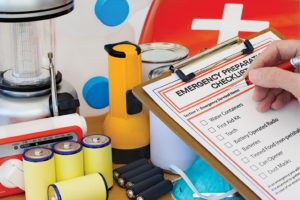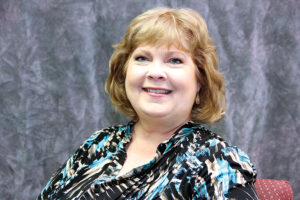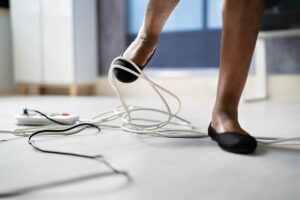 High winds and winter storms can unfortunately cause power outages. With colder temperatures during the winter months, preparation is important in being able to stay safe and warm should the electricity go out. Safe Electricity shares tips to help you prepare for winter power outages.
High winds and winter storms can unfortunately cause power outages. With colder temperatures during the winter months, preparation is important in being able to stay safe and warm should the electricity go out. Safe Electricity shares tips to help you prepare for winter power outages.
If power lines go down because of a winter storm, you may be in for a prolonged power outage as utility crews work to get the lights back on. Have an emergency kit prepared to help you and your family weather the storm and the outage safely and comfortably. Some of the items this kit should include are bottled water, non-perishable food, flashlights, a weather radio, and extra batteries.
Before a storm ever begins, tune into your local weather service for the weather forecast. It is important to know the differences between various watches and warnings.
• Winter Storm Watches signify that a winter storm event, including heavy snow, heavy sleet, or ice, are likely within the next few days. You should be alert, as this means adverse conditions could begin within the next 24 to 72 hours.
•Winter Storm Warnings call for a winter storm event to begin within the next 12 to 36 hours. Those in the range of the warning should be mindful of the impending conditions and consider canceling plans to travel outside of the home.
If bad weather is headed your way, it is a good idea to keep your cell phones and other electronic devices charged and ready for use.”
When power is lost, notify your utility of the outage. Unplug all sensitive electronics to avoid a surge when electricity is restored. Leave one light switched on as a quick reminder that the power is restored.
Stay inside. Dress in warm, dry layers and wear a hat, which can help keep in heat. Be aware of the temperature in your home. Cover windows at night, close off unneeded rooms, and place draft blocks at the bottom of doors to minimize cold air entering the house.
If you use a standby generator for temporary power, make sure it has a transfer safety switch. If you use a portable generator, never plug it into a wall outlet. These precautions prevent backfeed, which occurs when electricity travels from the generator back through the power lines. Backfeed creates danger for anyone near the lines, including the crews working to restore power. Also, never run a generator inside your home or garage as the carbon monoxide gas it produces can be deadly.
If you are using an alternative heating source during an outage, know how to use it safely and have all supplies for it gathered. Never heat your home with stoves or grills.
According to USA Today, 80 million Americans were impacted by a severe winter storm in January 2016. Hundreds of thousands were left without power as the severe weather conditions prevented electrical repair efforts. The high winds that

accompanied blizzard conditions brought down many power lines, and through the storm, disaster crews urged residents to stay sheltered inside.
During an outage, only venture outside if absolutely necessary. Be on the lookout for downed electrical equipment. Snow can obscure such an electrical hazard, so take caution when driving.
“Never drive over a downed line because that could pull down the pole and other equipment, causing additional hazards,” advises Natalie Hemmer, Safe Electricity Advisory Board member. “If you see a downed line, do not get out of your car. The safest place is inside the vehicle. Contact the utility immediately.”
For more winter electrical safety tips, visit SafeElectricity.org.









